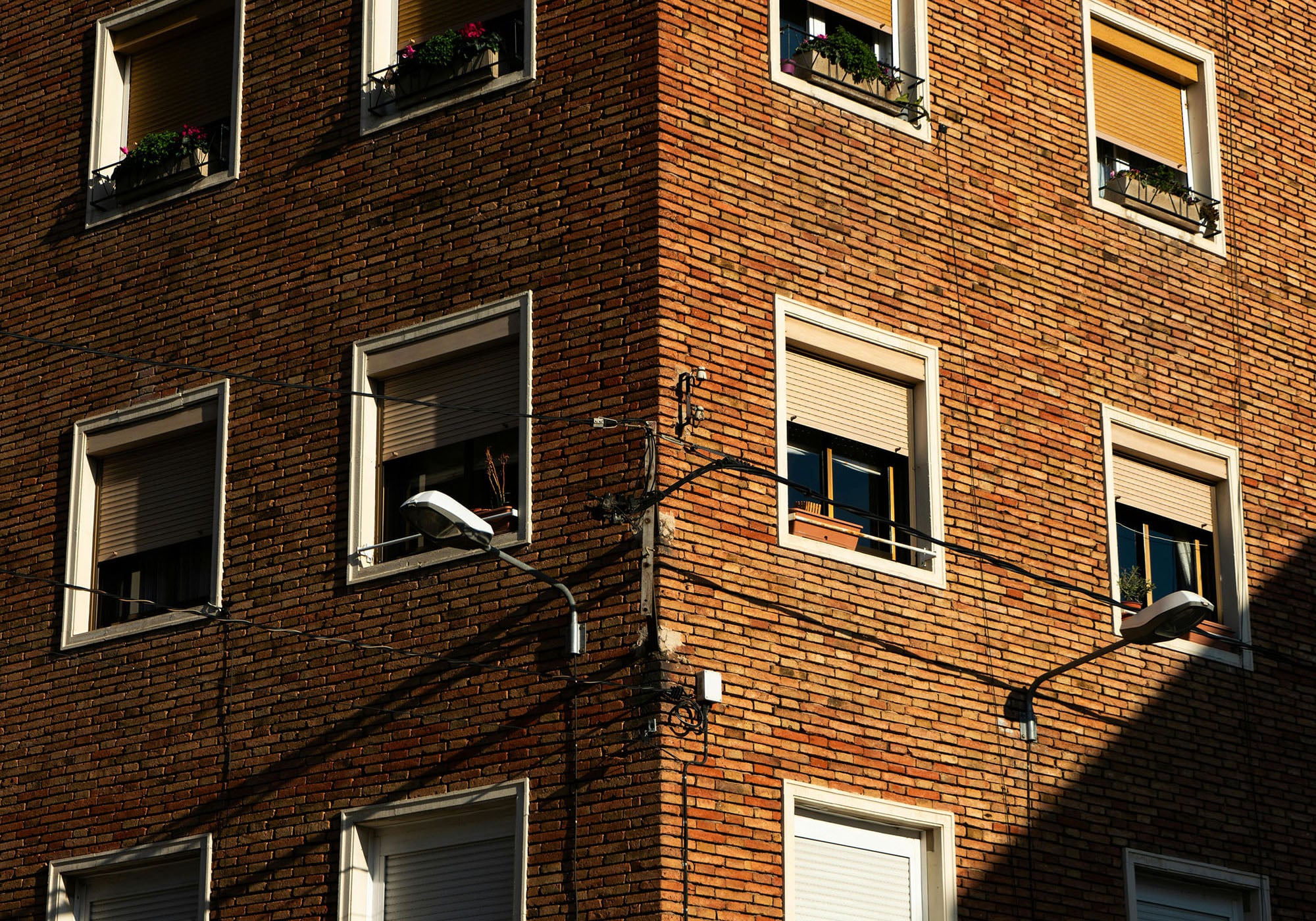

Research & Programs
Is the New York City grid ready for the electrification of existing buildings with heat pumps?

Energy demand data for several electrically heated multifamily buildings was analyzed to identify what the heating and cooling loads are for older buildings compared to newer cold climate heat pump buildings. This building set and analysis can inform heating and cooling demand forecasting for electrifying existing buildings with heat pumps.
Study funded by the New York State Energy Research and Development Authority (NYSERDA) and prepared by SWA
01.
Real Building Data is Key for Forecasting
Real world data from buildings with electric heating shows us a lot that gets lost with typical analytical methods. There is a huge diversity in occupant behavior and use of heating when residents have control over it and we don’t have distribution systems to fight with.
02.
We’re Overestimating the Burden on the Grid
Total building electric heating loads in our sample set were much lower than what was modeled for those buildings, and much lower than you would expect if making estimates based on their fuel-fired peers. We are probably underestimating the potential savings from conversion away from traditional fuel-fired systems and overestimating the burden of electrification on the grid.
03.
We’re Also Overestimating Whole Building Electric Loads
Heating equipment needs to be sized for high usage because you don’t know which resident will end up in which space, but whole building loads should be expected to be much lower than a lot of traditional estimation methods suggest.
04.
Space Heating Loads Are Stable in High-Performance Buildings
We see strong a strong relationship between outdoor temperatures and electricity usage for space heating in traditionally-built sites, but the new high performance buildings show a much more stable, low space heating load.
Also, heating peaks do not come and go quickly; they tend to last for days. Cooling peaks tend to last for a matter of hours.
05.
Yes, the Grid Can Handle Heat Pumps
The new high-performance buildings we reviewed had similar heating and cooling peak draws, indicating that choosing heat pump systems instead of fuel-fired heating for those projects probably does not increase strain on the grid.
